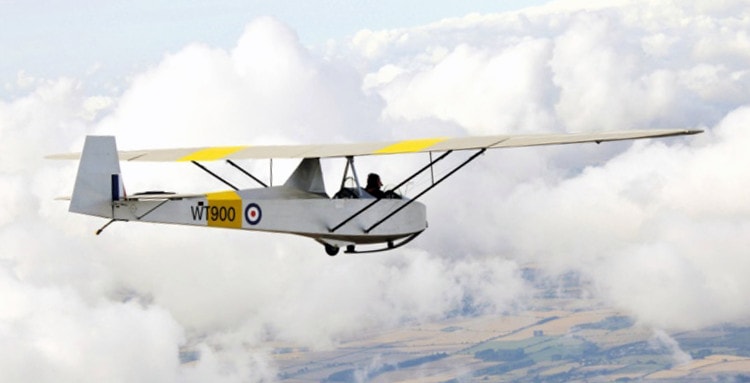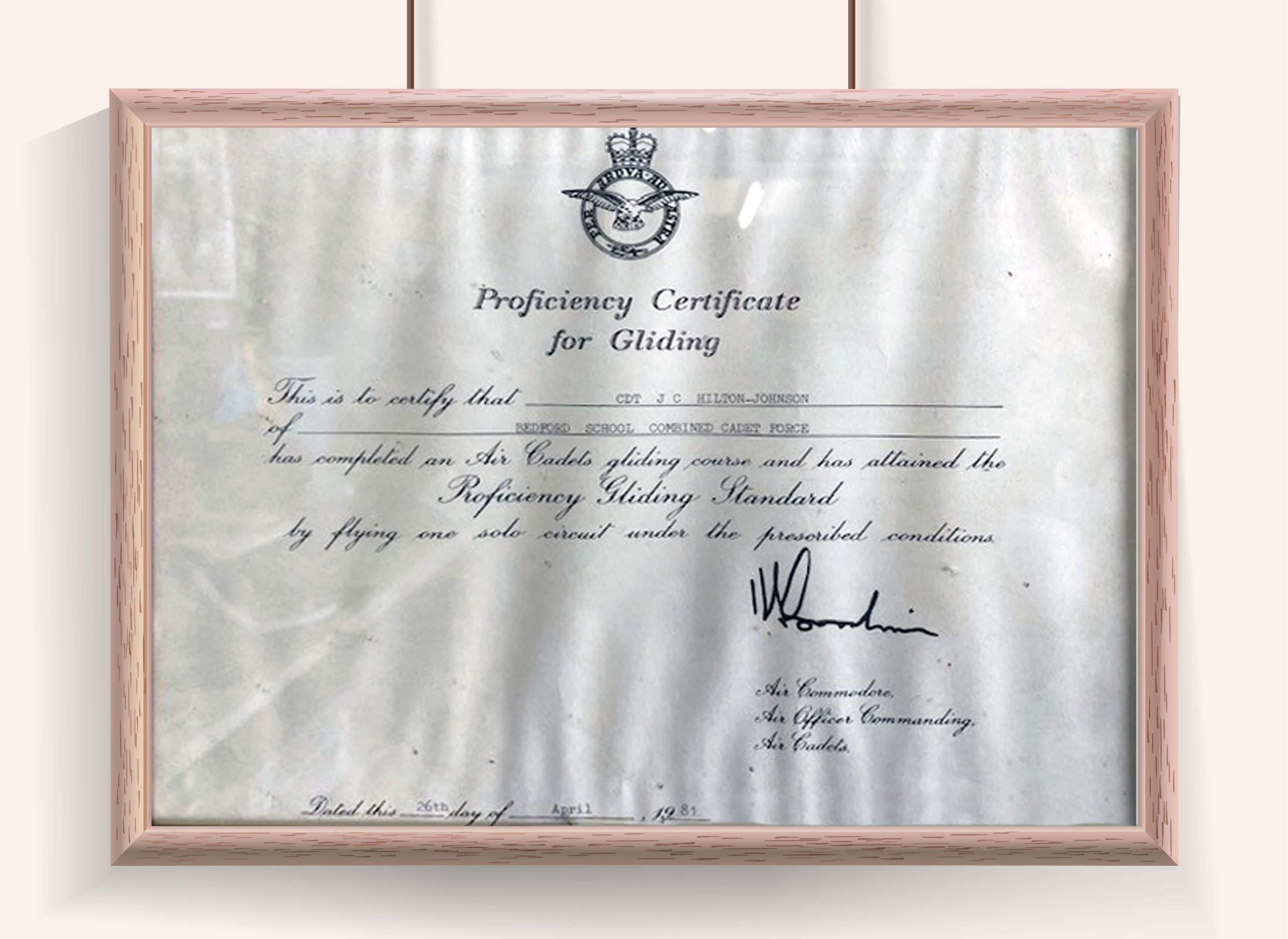
High Fliers: What have I learned from flying?
Today is the 40th anniversary of my first solo flight in an aircraft. I was aged 16, in an open-cockpit glider launched by a winch at West Malling in Kent. I hadn’t even been able to drive on the road at that age. Since then, flying has become more accessible and so I’ve continued to fly whenever possible. I’ve also jumped out of a few aircraft (always intentionally!).
Flying is a highly-regulated activity, mainly because of the complexities and associated risks, and it has a unique approach to individual learning and development. As my business career has progressed over the years, I’ve often reflected on what I can learn from my flying experiences, particularly around good leadership starting with self-awareness, risk mitigation and shared responsibilities.
Self-awareness is important because it allows you to accurately assess your own strengths and limitations and to recognize your own pre-dispositions, thoughts and emotions. In flying, pilots learn about “Human Factors”, including the effects of stress, irritation and anger, fatigue and even hunger, and how we each react differently as individuals.
In business, self-awareness is not always considered as important. Some leaders are not receptive to feedback that does not support their own view of themselves. However, self-aware business leaders make sounder decisions, show high levels of Emotional Intelligence, build stronger relationships and communicate more effectively which inspires their teams to achieve greater success.
With risk mitigation, planning and preparation are vital to successfully fly a chosen route or achieve your business objectives. In flying, circumstances can change very quickly – most notably the weather – and pilots have to be prepared for change. If a pilot is determined to stick to the original plan and just press on, he or she may not reach the destination at all (this is sometimes referred to as “press-on-itis”).
In business, we speak about agility, being flexible in your approach, anticipating shifting circumstances, identifying what is changing and being ready, willing and prepared to change your plans, even where this may be uncomfortable or causes some internal disruption. Agility is not incompatible with stability — long term stability requires an agile mindset.
Pilots are taught an approach known as “Threat & Error Management”, which assumes that circumstances will change. Rather than try to avoid threats and errors, its goal is to train pilots to detect and respond to events that cause damage and to mistakes that are likely to be made. It is now being used outside aviation, including in hospitals and surgery, and in business this carefully considered approach can be useful, for example in issues management and detailed scenario planning.
It’s also about recognizing the danger of complacency. In flying, this could be failing to prepare thoroughly for a flight because the pilot has flown the route many times before. In business, complacency comes in all shapes and sizes, such as failing to understand changing market conditions or customers’ or employees’ evolving expectations.
Finally, shared responsibilities are important. In flying, if something isn’t right, it’s everyone’s responsibility to speak up and be part of the solution, particularly when it comes to safety.
As the business world has become more complex and issues increasingly intertwined, globalized and fast-moving, strict hierarchies and reporting lines have become less influential in determining overall success. In a high-performing organization, the success of the entire organization is everyone’s responsibility, the accountabilities are shared and the leader sets the example.
I hope that you’ve found these personal thoughts engaging in a business context. If so, please read my second flying-related article next week on effective communication, culture and continuous learning.
In the meantime, if you’re interested in learning more, including about mentoring and executive coaching, or if you have anything to add to this article, please contact me. I’d love to hear from you.
